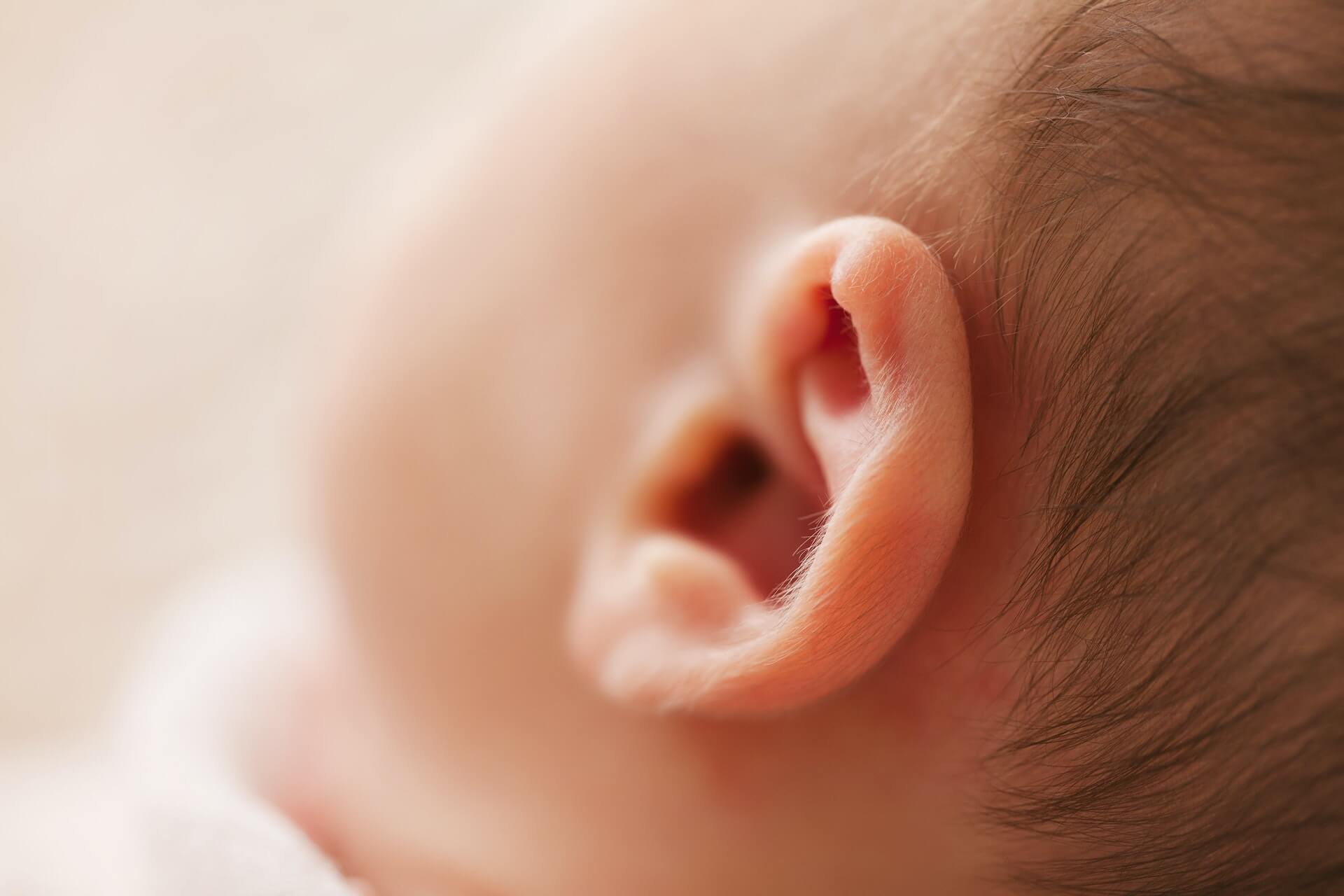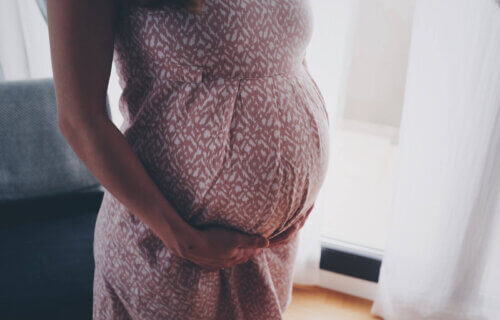URBANA, Ill. — A carcinogen banned for decades could lead to hearing loss years after an unborn child’s exposure to these chemicals. Researchers from the Beckman Institute for Advanced Science and Technology at the University of Illinois note that music, mice, and microscopic imaging made it possible to better understand how certain environmental chemicals affect hearing health. Their study reveals that fetal exposure to environmental chemicals called polychlorinated biphenyls (PCBs) made it harder for mice to recover from sound-related trauma later in life.
PCBs are carcinogenic chemicals that were previously used in industrial and consumer products. Despite being banned in the United States in 1979, the compounds can still cause harm due to their incredibly stable chemical structure that makes it difficult for the environment to get rid of them. Today, eating contaminated fish is the most common way PCBs continue to harm people.
“The most sensitive period in pregnancy for these types of developmental exposures is typically early in the pregnancy, in the first trimester,” says Dr. Daniel Llano, an associate professor in the Department of Molecular and Integrative Physiology and the corresponding author of the paper, in a university release. “But PCBs as chemical entities are very permeant to all sorts of membranes. They can cross the placenta and they can get into the brain. That makes them particularly dangerous throughout all phases of pregnancy.”
Based on past research, Llano and the team hypothesized that if someone who was exposed to PCBs in the womb sustained auditory trauma later in life, such as working at a job where noise levels are persistently high, their hearing may not recover as efficiently. To examine this closer, they shifted their focus away from studying the auditory cortex like other researchers have. Instead, the team shifted their focus to examining the inferior colliculus in mice, which is a lower brain region responsible for signal integration. Using multiphoton imaging, they found damage as a result of PCBs and noise.
“This is a one-of-a-kind microscope, and we are one of very few labs in the world doing this particular kind of imaging in this brain region,” says Llano. “People have shown in the past that if you expose a mouse to loud sound, over time, the neurons in the inferior colliculus become hyper-responsive. But when combining the two toxic exposures, PCBs and noise, and using our imaging technique, that hyperexcitability went away.”

To their surprise, the neurons also became hypo-excitable, which is a new finding. To better understand why this would happen, the team used chemical analysis. When cells are exposed to toxins, they undergo oxidative stress, a process that releases highly reactive chemicals called oxygen radicals. The body can get rid of the radicals using an intrinsic system within the body. Mice with higher levels of the intrinsic system showed less damage to the inferior colliculus, which suggests that PCBs and noise could kick oxidative stress into overdrive, weakening the ability to recover from acoustic trauma.
“On its own, PCB exposure in utero may cause only a moderate degree of hearing loss,” explains Llano. “But that PCB exposure creates a particular vulnerability to later hearing loss. And so someone who is exposed to PCBs during development and has a significant occupational or recreational exposure to sound later in life may suffer greater-than-expected consequences when it comes to hearing.”
Many toxicology studies in the past have only looked at a chemical’s effect on the body, without relating it to other factors. What makes Llano and the team’s work stand out is that they looked at PCBs and noise together.
“What we found were effects that would not have been predictable based on the separate impacts of the individual exposures,” Llano concludes. “You can’t necessarily predict the consequence of combined exposure to two environmental factors by adding up the effects of either one by itself. I think that’s one of the more interesting things about this study, and hopefully it can be used as a model for future toxicology studies.”
In the future, the researchers will continue to investigate the relationship between PCB exposure, noise exposure, and hearing loss. While oxidative stress appears to be a key part of everything, investigators are looking to measure oxygen radicals in the tissues to validate this.
The findings are published in the Journal of Neuroscience.
You might also be interested in:
- Taking omega-3 fatty acid supplements may prevent hearing loss
- Pregnant women exposed to cancer-causing chemicals virtually everywhere
- Exposure to ‘forever chemicals’ during pregnancy could lead to childhood obesity


Or is this another strategy to move people back to less modern lives by scaring them about recent conveniences……